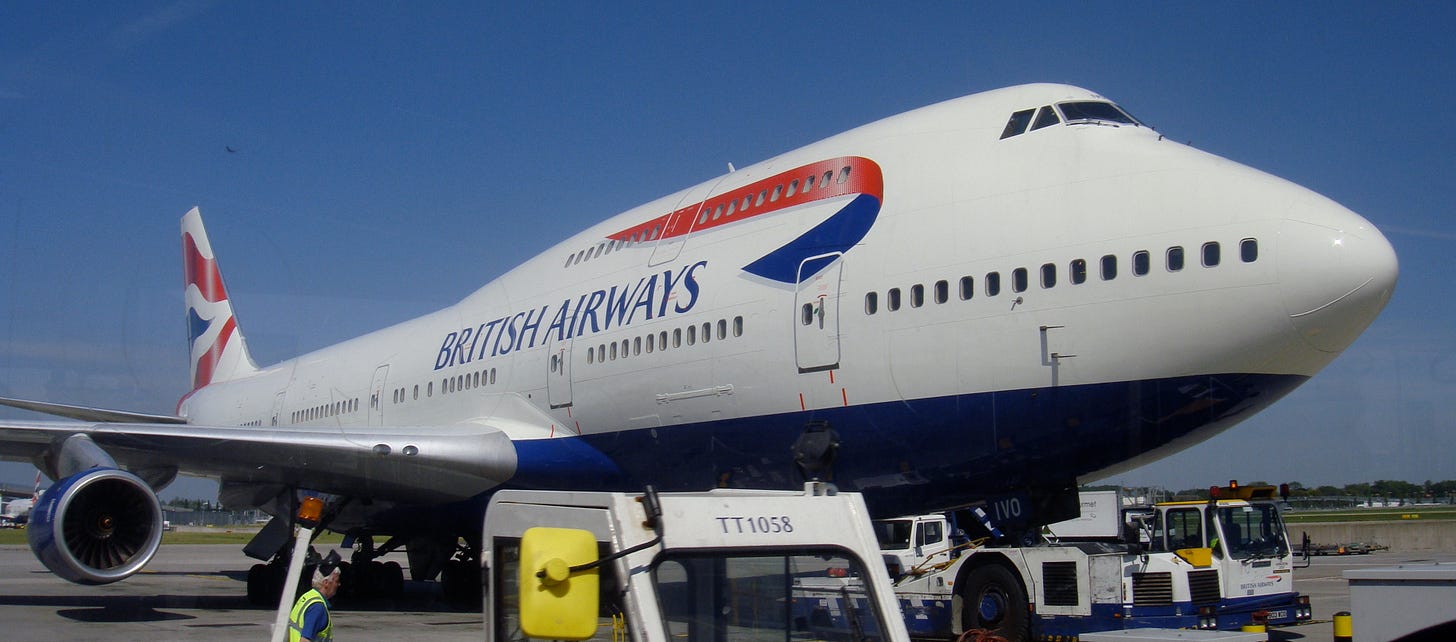Working With Airlines - Part 1
Why do airlines and their suppliers struggle to work effectively together?
Airlines are some of the largest and most complex businesses in the world. A large supply chain offers everything that they might need, but because aviation is fiercely operations focused, low margin and the first priority is always safety it can be incredibly difficult to ensure projects bear fruit – airline procurement takes too long and outcomes are …


